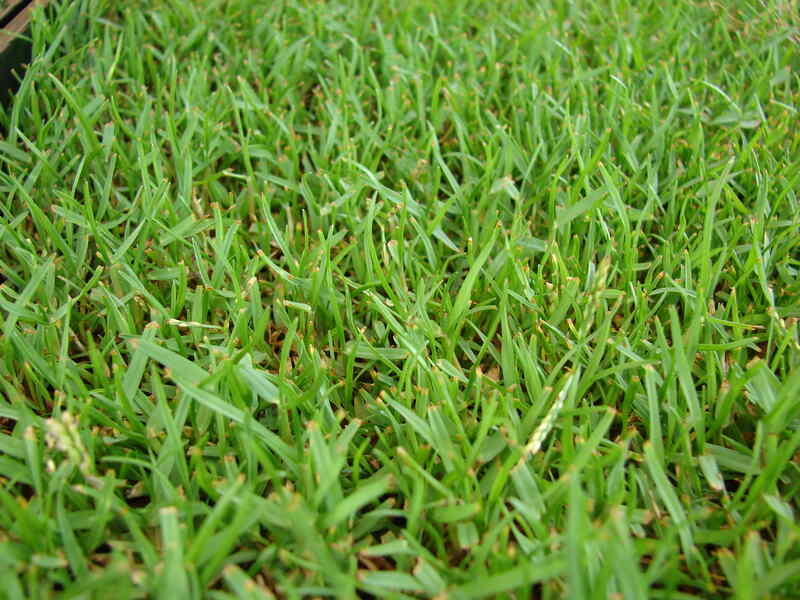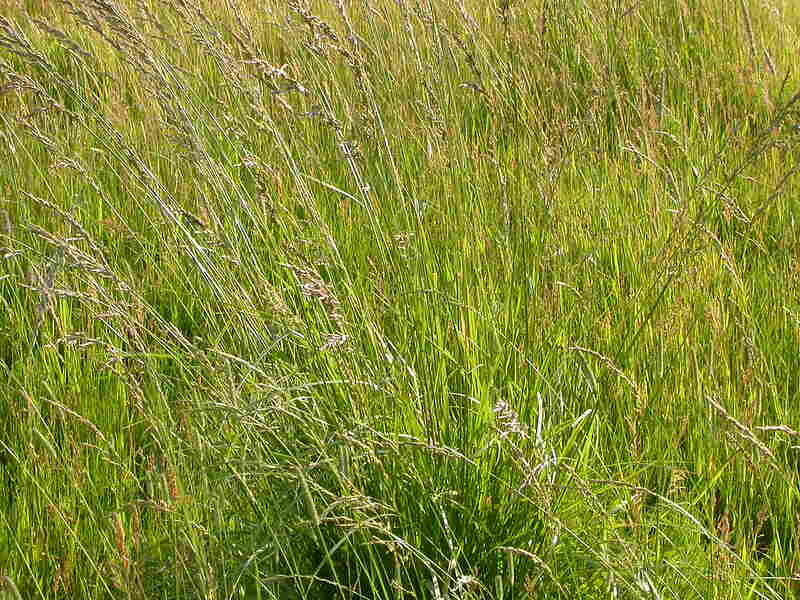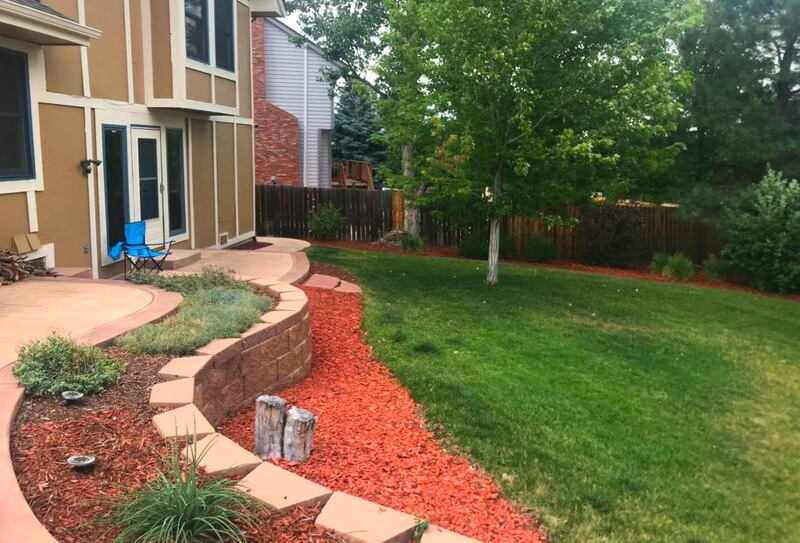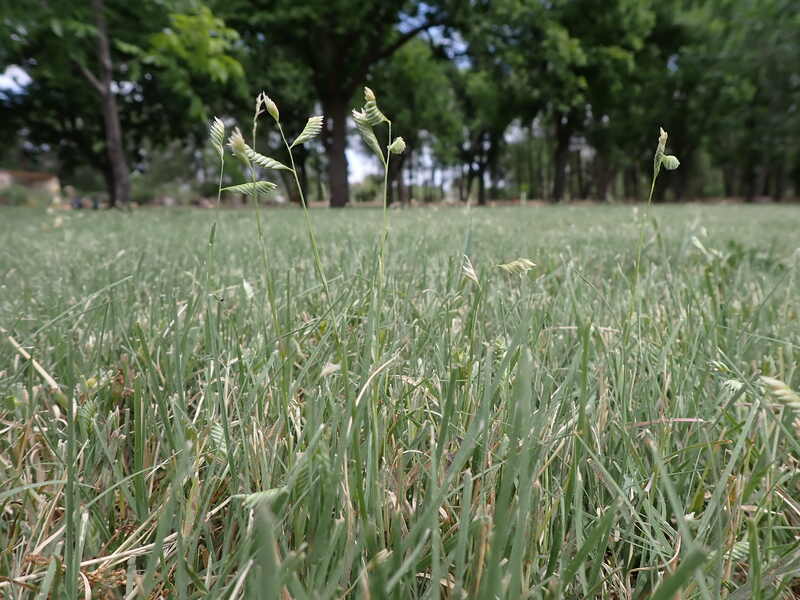4 Best Grass Types For St. Louis
BY NICK CRAWFORD | APRIL 4TH, 2023 | LAWN CARE, MISSOURI, ST. LOUISIt may be the Gateway to the West, but St. Louis sits firmly in the transition zone that divides the Northern and Southern regions of the United States. This brings with it a variety of weather conditions ranging from humid summers to frigid winters, which makes finding an ideal grass type for your lawn more complicated.
Understanding the characteristics of different grasses is vital to growing a lawn that you can truly enjoy in St. Louis.
In this article:
Warm-Season vs. Cool-Season Grasses
The most significant consideration when growing grass is whether you choose warm season or cool season grass. Each tolerates the temperature and atmospheric conditions of opposing seasons differently.
Warm-season grasses actively grow from late spring to mid-autumn. Past the middle of fall, typically around late September to early October, these grasses go dormant and turn brown. Warm-season grasses need lots of sunlight and can’t tolerate shade very well.
Cool-season grasses experience active growth early in the spring and tend to remain green until late fall. Without constant watering, they will go dormant during the summer. While these grasses can tolerate shade more readily, they require at least a half day of full sun.
The biggest challenge to planting a lawn in St. Louis is that the city’s varied temperatures mean neither warm season nor cool season grasses hold an advantage in care and longevity. So what is the solution?
Fortunately, there are grass types that are hardy enough to thrive in multiple seasons. You could also mix different grass seeds to cultivate a lawn that perfectly fits your needs.
4 Best Grass Types for St. Louis
Try these four grass types in your lawn for the best-looking results.
1. Zoysiagrass

Photo Credit: Forest and Kim Starr / Flickr / CC BY 2.0
Zoysiagrass is a warm season grass adapted for use in the lower two-thirds of Missouri. Its stiff leaves spread into a dense carpet well suited for golf courses. However, it also makes a good choice for a home lawn.
This grass has a very high heat tolerance but can withstand lower temperatures. However, keep in mind that it does go dormant in the wintertime. You can keep zoysiagrass looking good with minimal watering, but be mindful that it requires at least six to eight hours of sunlight daily to continue looking lush.
Classification: Warm-season grass
Spreads by: Stolons and rhizomes
Shade tolerance: Moderate
Drought tolerance: High
Foot traffic tolerance: High
Maintenance needs: Low to moderate.
Mowing height: 1-2.5 inches
Potential for disease: Low
2. Tall Fescue

Photo Credit: Matt Lavin / Flickr / CC BY-SA 2.0
Tall fescue is widely recognized as one of the best grasses for Missouri homeowners, and that includes the good folks of St. Louis. This cool-season grass grows and thrives in the shade quite well, and possesses excellent drought tolerance. In addition, tall fescue can remain green for three quarters of the year, only going dormant during the summer.
The main drawback of tall fescue is its rate of growth. As evident by its name, tall fescue can sprout up to four feet in height if left alone. Therefore, you must mow this grass often to maintain its recommended height of two feet.
Classification: Cool-season grass
Spreads by: Bunches, occasionally rhizomes
Shade tolerance: Moderate
Drought tolerance: High
Foot traffic tolerance: High
Maintenance needs: Low
Mowing height: 2-3 inches
Potential for disease: Low
3. Kentucky Bluegrass

Photo Credit: Brenda Ryan / Wikilawn
Kentucky bluegrass is an excellent choice if you’re looking for general-purpose turf grass that provides a dense, lush coverage for your lawn. This cool-season grass gets its name from its blue-green leaves, which have a medium texture.
Bluegrass is a rhizomatous plant that spreads quickly, so you can use it to help fill bare patches in your lawn. Even though it becomes dormant during the summer and other dry times, bluegrass is very drought tolerant.
Mixing Kentucky bluegrass with other grass types, such as perennial ryegrass and tall fescue, gives it a better chance of remaining green year-round. In addition, by combining it with other grasses, you can do a lot to improve its disease resistance.
Classification: Cool-season grass
Spreads by: Rhizomes
Shade tolerance: Low
Drought tolerance: Moderate
Foot traffic tolerance: Moderate
Maintenance needs: Medium to high
Mowing height: 1.5-3 inches
Potential for disease: Moderate
4. Buffalograss

Photo Credit: Matt Lavin / Flickr / CC BY-SA 2.0
Buffalograss is the only grass species that is native to North America, which makes it especially suited to our varied climates. It is particularly adapted to thrive in dry prairie lands, so it has excellent drought tolerance and heat resistance, even among other warm-season grass types.
The main draw of buffalograss is that it makes for a low-maintenance lawn. It requires less water than many kinds of grass and is highly disease resistant. And it also has a higher tolerance for cold temperatures than many warm-season grasses, though the exact degree of cold tolerance can vary.
While buffalograss grows, it spreads in an “open growth habit”. Doing so leaves room for weeds to come in, so you must be vigilant about your weed control if that is an issue you want to avoid.
Classification: Warm-season grass
Spreads by: Stolons
Shade tolerance: Low
Drought resistance: High
Foot traffic tolerance: Low
Maintenance needs: Low – doesn’t need frequent mowing
Mowing height: 2-4 inches or leave unmowed
Potential for disease: Low
FAQs
Your best bet is to plant in early to mid-September. The warm soil and mild temperature during the day benefits germination, while the cooler nights are good for cool season grasses.
Tall fescue has some of the best shade tolerance of any grass you could grow in St. Louis. As a result, it requires much less sun than other species, though it should get at least eight hours of sunlight to continue looking its best.
Most grasses go dormant in the Winter because of the extreme cold. However, there is a special winterizer lawn fertilizer that is packed with nitrogen to help build up carbohydrate levels in your grass. This fertilizer gives your lawn what it needs to survive the Winter and return more robust in the Spring.
Final Thoughts
St. Louis has a wide variety of climates, making it challenging to select a particular type of grass to plant. However, if you choose hardy grass and diligently maintain it, you can have a healthy lawn all year round. And if you would like help keeping your landscape looking its best, you should turn to a local lawn care professional.
Main Image Credit: Lawn of a Building, St. Louis / Picryl